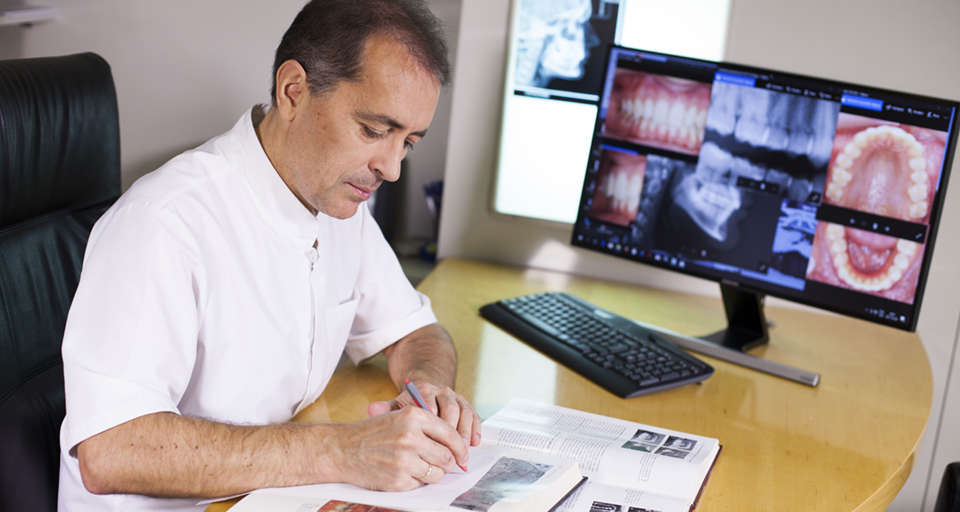Cleft Palate Craniofac J. 2020 Jan;57(1):105-113. doi: 10.1177/1055665619866363. Epub 2019 Aug 1.
Brudnicki A(1), Sawicka E(1), Brudnicka R(2), Fudalej PS(3)(4).
Author information:
(1) Maxillofacial Surgery Unit, Department of Pediatric Surgery, Institute of Mother and Child (IMC), Warsaw, Poland.
(2) Department of Orthodontics, Central Military Medical Outpatient Clinic CePeLek, Warsaw, Poland.
(3) Department of Orthodontics and Dentofacial Orthopedics, School of Dental Medicine, University of Bern, Bern, Switzerland.
(4) Department of Orthodontics, Institute of Dentistry and Oral Sciences, Palacký University Olomouc, Olomouc, Czech Republic.
OBJECTIVE:
To evaluate the effect of the timing of secondary alveolar bone graft (SABG) on craniofacial morphology in patients with complete unilateral cleft lip and palate (UCLP).
DESIGN:
Single-center retrospective assessment of consecutively treatednonsyndromic patients with complete UCLP.
PARTICIPANTS:
One hundred sixty-seven patients (108 males, 59 females) withcomplete UCLP in whom the cleft was repaired with 1-stage method at approximately 8 months of age. The age of 128 patientsat SABG varied from 1.4 to 11.5 years (SABG group), while 39 patients still awaited SABG at the moment of cephalometric evaluation (no-SABG group).
METHODS:
Craniofacial morphology was assessed on lateral cephalograms taken at 10 years of age (standard deviation = 0.8; range: 7.5-12.3) using linear and angular measurements. T tests and regression models were made to analyze data.
RESULTS:
Regression models demonstrated that the effect of SABG on thecraniofacial morphology was limited-cephalometric variables which were statistically significantly different between SABG and no-SABG groups showed no association with the timing of SABG when (1) age of primary repair of the cleft, (2) age of cephalometric evaluation, (3) cleft side, (4) gender, and (5) operator were controlled for. Only the length of the maxilla (Condylion-point A) was affected-1-year delay of SABG corresponded with an increase in Co-point A distance by 0.52 mm. However, adjusted R 2 of the model was 0.11.
CONCLUSIONS:
Our findings cautiously indicate that SABG performed before 8 years of age can have limited negative effect on craniofacial morphology. Nevertheless, our results should be confirmed by cleft centers practicing alternative surgical repairs of the cleft.
DOI: 10.1177/1055665619866363 PMID: 31370693 [Indexed for MEDLINE]




